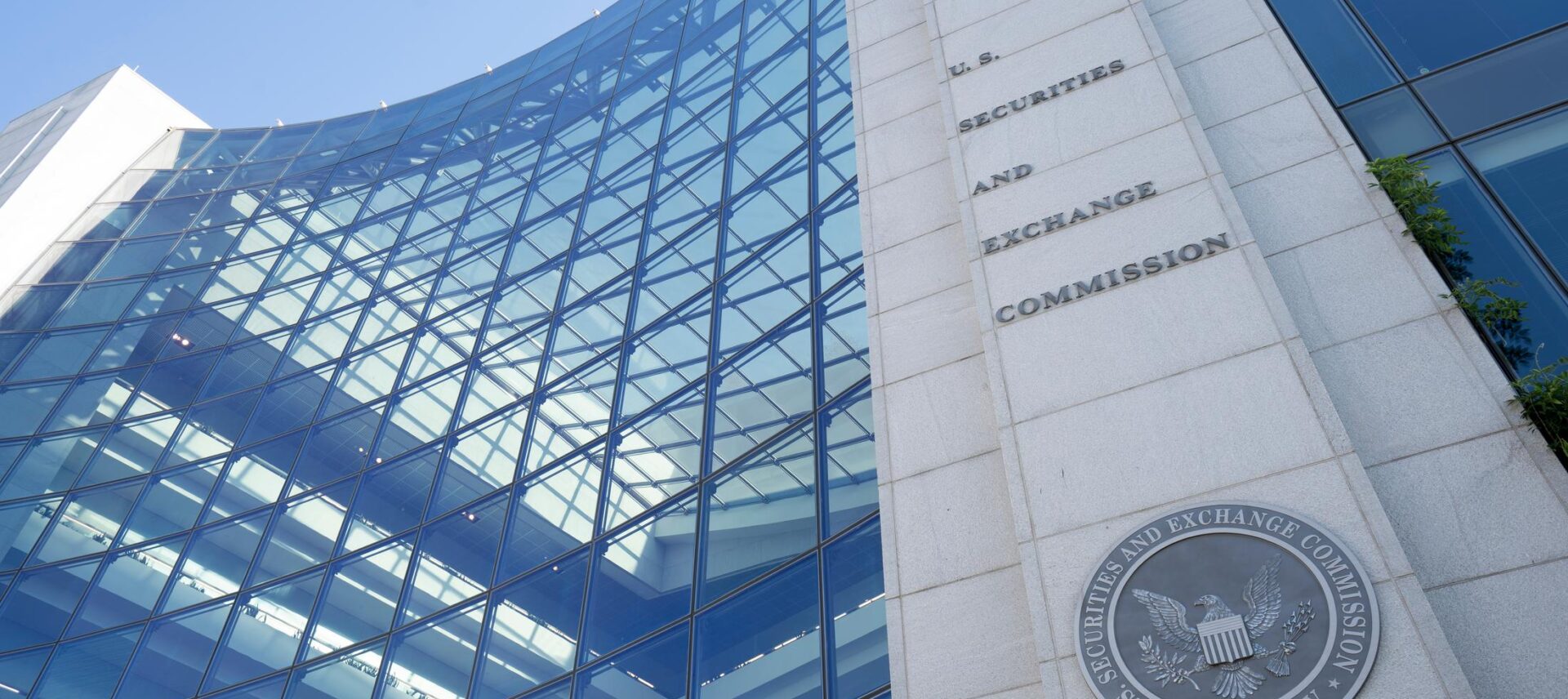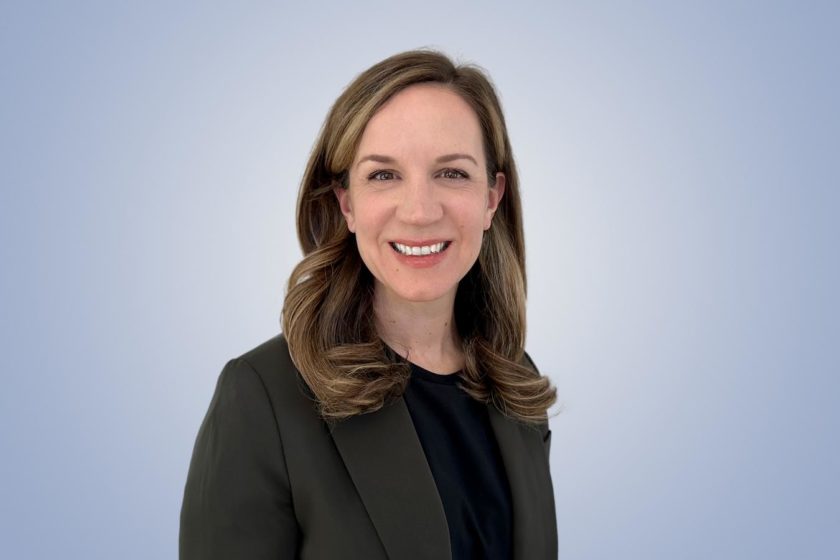News & Insights
Understanding the new SEC climate disclosure rule: what it means for business
The Securities and Exchange Commission (SEC) has introduced a climate rule that requires public companies to report their Scope 1 and 2 emissions, as well as any climate-related risks that are material to their business. This article brings clarity into why it’s significant and what it means for businesses.

On March 6, 2024, the SEC issued its long-awaited climate disclosure rule titled “The Enhancement and Standardization of Climate-Related Disclosures for Investors.”
This new regulation—with first disclosures due in 2026 for FY 2025 (pending any legal outcomes)—elevates the importance of sustainable business management. While the rule is directly applicable to public companies, its effects are poised to extend to private firms engaged in commercial relationships with them.
Here’s an overview of what’s essential to public and private businesses and why:
Climate risk = financial risk
The SEC ruling underscores the significance of non-traditional financial data, fundamentally recognizing that climate risk is synonymous with financial risk.
Extreme temperatures and weather events such as hurricanes, wildfires, and floods not only threaten infrastructure and supply chains but also can lead to significant financial losses. Similarly, transition risks associated with moving towards a low-carbon economy, including policy changes, technological advancements, and shifts in market preferences, have direct implications for business models and investment strategies.
The rule elevates the relevance of the impacts of climate change by acknowledging the substantial risks to the global economy and individual businesses alike.
Reporting: the significance of Scope 1, 2, and climate risk
For many companies, adapting to the new requirements will necessitate developing new strategies for data collection, analysis, and disclosure to meet the SEC’s standards. Here are the areas of focus:
Climate risk: an individualized consideration
The SEC mandates that companies disclose “climate-related risks that have materially impacted or are likely to materially impact the registrant’s business strategy, operational results, or financial health.” This encompasses both physical risks, such as extreme weather events and resource scarcity, and transition risks associated with shifting towards a low-carbon economy.
Consider, for instance, the direct financial consequences of heightened hurricane activity for businesses in Florida, the impact of wildfires on operations in California, or how rising sea levels could affect infrastructure in British Columbia.
The rule requires firms to disclose strategies for managing or adjusting to risks, including initiatives such as transition plans, scenario mapping, and the implementation of carbon pricing, all of which are subject to audit.
Disclosures required outside of the financial statements include:
- For large accelerated filers and accelerated filers, material Scope 1 and Scope 2 GHG emissions, subject to assurance requirements that will be phased in.
- Governance and oversight of material climate-related risks.
- The material impact of climate risks on the company’s strategy, business model, and outlook.
- Risk management processes for material climate-related risks.
- Material climate targets and goals.
Reporting of direct CO2 emissions, Scope 1 & 2, if material
Under the rule, accelerated filers and large accelerated filers must disclose their material Scope 1 and 2 greenhouse gas (GHG) emissions. Smaller reporting companies (SRCs) and emerging growth companies do not have to report their Scope 1 and 2 emissions. To determine which type of filer a company is, here’s how the SEC defines filers.
Scope 1 emissions are the direct emissions from company-owned or company-controlled sources. This includes emissions from burning fossil fuels in company vehicles or to generate electricity for company use. These emissions are directly controllable by the company and relatively straightforward to report.
Scope 2 emissions are indirect emissions resulting from the production of the electricity, steam, heating, and cooling that a company buys and uses. Although these emissions occur at the source of production, they’re counted in the company’s carbon footprint because they stem from the company’s energy use.
Under the rule, companies need to perform assessments to determine whether their Scope 1 and 2 emissions are material. “Material” in this context means anything that could influence the decision-making of investors or other stakeholders. Essentially, companies need to analyze their emissions to decide if they are substantial enough to potentially affect their financial condition, results of operations, or investors’ views.
In discussions about the ruling, much of the past pushback was on the lack of standardization on what is “material.” The new rule now defines that the definition of materiality used by a registrant should be consistent with that established by the U.S. Supreme Court.
What about Scope 3 emissions?
While Scope 1 and 2 emissions cover a company’s direct and indirect energy use, Scope 3 emissions encompass all other indirect emissions in a company’s value chain, including those from purchased goods’ production and transportation, waste disposal, and the use of sold products.
Although the SEC’s rule currently excludes Scope 3 due to data reliability and cost challenges, companies may operate in jurisdictions where it is required, such as the EU’s Corporate Sustainability Reporting Directive (CSRD) or the State of California’s Climate Corporate Data Accountability Act (SB 253) for companies with over a billion dollars in revenue.
The business implications of the SEC’s climate rule
The SEC’s climate disclosure rule creates strategic and operational changes. Here are some of the key impacts:
- Enhanced data management. The rule necessitates robust data gathering for reporting emissions and climate risks, pushing companies to enhance or adopt new data management tools and processes. This effort varies significantly depending on the company’s assets.
- Increased transparency and benchmarking. Disclosure of Scope 1 and 2 emissions and climate risks will heighten transparency, enabling investors and stakeholders to benchmark companies against their peers. This visibility could spotlight proactive companies while pressuring those lagging in sustainability efforts to improve, potentially impacting market valuation.
- Adoption of a reporting framework. The reference to the Task Force on Climate-related Financial Disclosures (TCFD) in the new SEC climate disclosure rule highlights the importance of aligning with an established reporting framework. By integrating guidelines from frameworks like TCFD, GRI, SASB, GRESB, or ISSB, companies can foster stability and consistency in their reporting structures and navigate the complexities of climate-related financial risk reporting with greater confidence.
- Elevating sustainability to the governance level. The rule requires registrants to provide quantitative and qualitative disclosures outside the audited financial statements in certain SEC fillings to include governance practices detailing how the company’s board of directors (or subcommittees) and management oversee the assessment and management of climate-related risks, including progress toward any disclosed climate-related target, goal, or transition plan.
- Broad sector influence. While the SEC rule primarily targets publicly traded companies, its impact is expected to ripple through the private sector as well, particularly affecting suppliers and partners of regulated entities. These companies might find themselves needing to align their practices with the evolving disclosure landscape, especially in relation to reporting on Scope 3 emissions. This broad sector influence underscores the rule’s potential to drive widespread changes in how businesses consider and communicate their environmental impact.
- Education for comprehensive engagement. Ensuring compliance with the SEC’s climate disclosure rule requires a well-informed commitment throughout the organization. Investing early in educational initiatives can facilitate smoother adaptation to these requirements and foster a culture of collaboration towards achieving sustainability objectives.
- Shift to a global perspective. The SEC’s climate disclosure rule marks a decisive move towards recognition of climate risk as a universal challenge that affects financial markets worldwide, necessitating a comprehensive and forward-looking approach to disclosure that transcends local and national boundaries. This shift in perspective is likely to change the lens with which individual companies view their impact.
Implementation of compliance
The SEC’s climate disclosure rule adopts a tiered system for disclosure requirements and recognizes the diversity in company sizes, sectors, and environmental impacts. This approach facilitates a gradual implementation that is categorized by a company’s classification.
The rule sets the commencement of disclosure requirements in 2025, with a staggered introduction continuing through 2029. This schedule aims to provide a structured timeline for companies to prepare and adapt to the new reporting criteria progressively.
Disclosures are part of the annual reports on Form 10-K or Form 20-F and included in registration statements. To allow sufficient time for the collection of emissions data, companies are required to report their greenhouse gas (GHG) emissions in their second quarter (Q2) Form 10-Q or via an amendment to the previous fiscal year’s Form 10-K filed in Q2.
How Salas O’Brien can assist
Salas O’Brien offers comprehensive services to assist organizations in not only outlining material aspects for their specific context and establishing robust reporting systems but also in integrating climate risk assessments and resilience strategies into their sustainability plans.
Our expertise extends to evaluating potential climate-related risks that could impact an organization’s operations and financial performance. By conducting thorough assessments, we help businesses identify vulnerabilities and develop tailored resilience strategies to mitigate these risks. This proactive approach ensures that organizations are not only reducing their direct (Scope 1) and indirect (Scope 2) greenhouse gas emissions but are also prepared to adapt to the changing climate, safeguarding their long-term sustainability and success.
For media inquiries on this article, reach out to Stacy Lake, Director of Corporate Communications

Marianna Moores, WELL AP, LEED AP, ActiveScore AP
Marianna Moores is a leader in the field of ESG consulting. With her unwavering commitment to sustainability and profitability, she revolutionizes the way businesses approach their operations. By leveraging data-driven insights and scientific methodologies, Marianna empowers clients to harmonize their environmental and social responsibilities with their financial success. Marianna has over 15 years of experience in sustainability consulting, including third party certifications, corporate sustainability planning, and ESG bridge services. Marianna holds a Bachelor of Science in Architecture as well as an MBA from Georgia Institute of Technology with focuses in sustainability, innovation, and inclusive technology. She serves as an Associate Vice President at Salas O’Brien. Contact her at [email protected].

Andrea Sojda, PMP
Andrea Sojda is a professional consultant with 17 years of experience in managing intricate projects and programs across the Private, Public, and Federal sectors. She specializes in sustainable development, energy transition, environmental justice, community partnerships, natural resource management, operations, and effective stakeholder engagement. Andrea utilizes her unique background in compatible land development, commercial construction, and complex stakeholder management to provide the best solutions for her clients’ most challenging problems. Much of her career has been dedicated to working with communities globally. From her service as a United States Peace Corps Volunteer in Sub-Saharan Africa to her work in developing public-to-public partnerships across America, a consistent theme in her work is building sustainable communities. Currently, Andrea holds the position of Principal, Energy and Sustainability – Federal Market at Salas O’Brien, operating from Northern Colorado.Contact her at [email protected].


